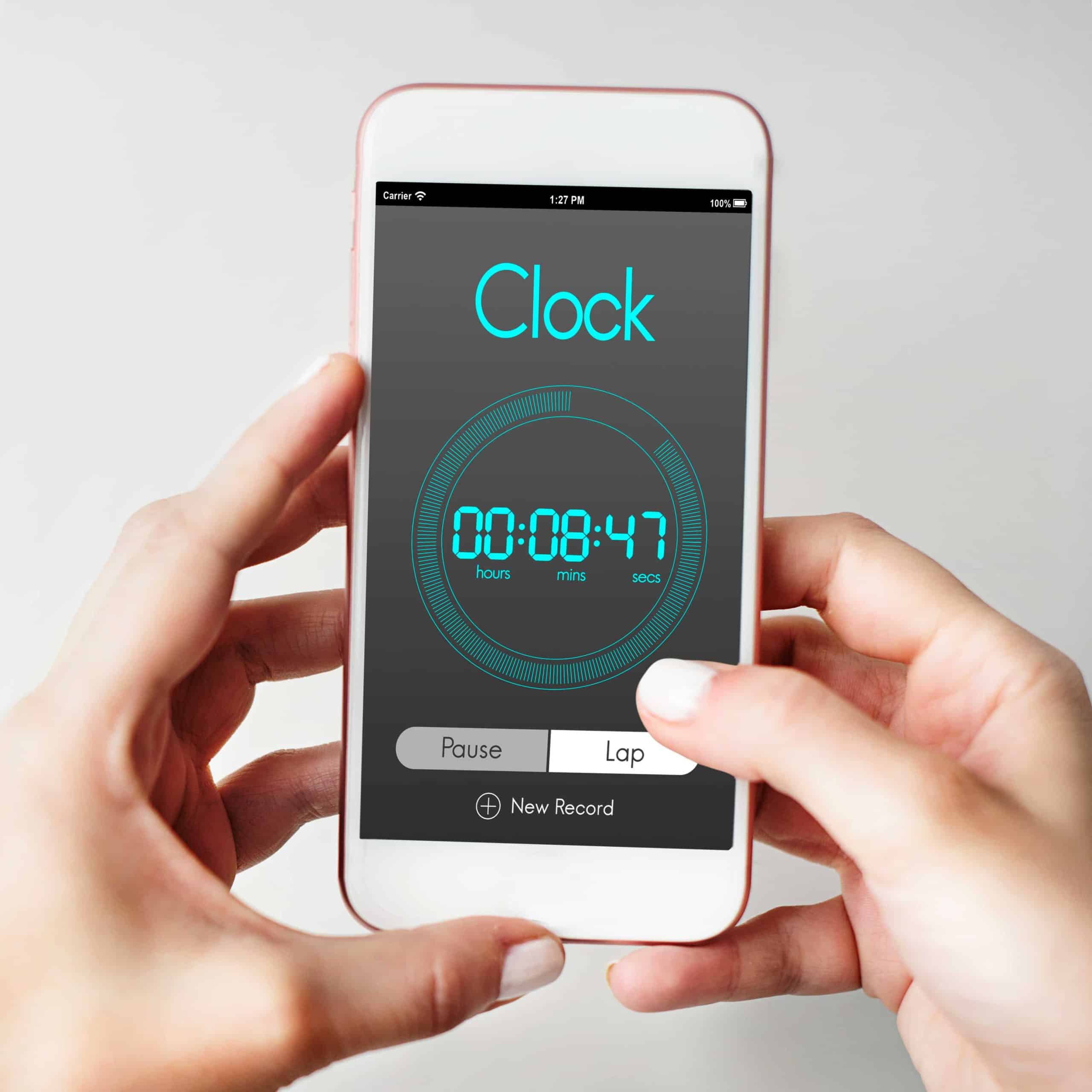Despite the prevalence of smartphones in modern society, many individuals are still unaware of the full capabilities of their devices, including how to set an alarm on their iPhones.
In this article, we will guide you through setting an alarm on your iPhone, exploring various customization options, and highlighting features you may not have been aware of.
After reading this article, you’ll be equipped with the knowledge and skills necessary to harness the full potential of your iPhone’s alarm function and take control of your schedule like never before.
Table of contents
How to Set an Alarm on Your iPhone
Here is a step-by-step guide on how to set an alarm on your iPhone:
Step 1: Open the Clock App
The Clock app is a pre-installed app on your iPhone that you can use to set alarms, and timers, and check the current time in different cities around the world. To open the Clock app, locate the app icon on your Home screen and tap on it.
Step 2: Access the Alarms Tab
Once the Clock app is open, you’ll see several tabs at the bottom of the screen. Tap on the “Alarms” tab to view and manage your existing alarms and create new ones.
Step 3: Create a New Alarm
To create a new alarm, tap on the “+” button in the top right corner of the Alarms tab. This will open a new alarm creation screen where you can customize your alarm settings.
Read Also: How to Hard Reset iPhone 13: Smartphone Troubleshooting
Step 4: Set the Alarm Time
Use the large dial in the center of the screen to set the desired alarm time. You can rotate the dial to adjust the hour and minute hands.
Step 5: Select Repeat Options
Tap the “Repeat” option to choose how often you want the alarm to repeat. You can select from various options, such as Daily, Weekly, Weekdays, etc. If you want the alarm to repeat on specific days of the week, tap the “Custom” option and select the desired days.
Step 6: Set Alarm Sound
Tap the “Sound” option to choose the sound that will play when the alarm goes off. You can choose from various preset sounds or create a custom ringtone using your iPhone’s library music.
Read Also: How to Add Screen Record on iPhone: Efficient Tech Tips for Seamless Recording
Step 7: Enable Snooze (Optional)
Tap on the “Snooze” switch to enable the snooze function. This will allow you to silence the alarm for a few minutes before it starts playing again. You can set the snooze duration by tapping the “Snooze” label and selecting a desired time interval.
Step 8: Set Alarm Label (Optional)
Tap the “Label” option to give your alarm a descriptive name. This can be helpful if you have multiple alarms set for different purposes.
Step 9: Save the Alarm
Once you’ve customized all the alarm settings, tap on the “Save” button in the top right corner of the screen. Your new alarm will be added to the list of alarms in the Alarms tab.
Read Also: How to Change Your iPhone Name: Personalization Proficiency
How to Set Alarm on iPhone 13
- Open the Clock app, then tap the Alarm tab.
- Tap the Add button.
- Set a time for the alarm. You can also choose one of these options: Repeat: Tap to set up a recurring alarm. Label: Tap to name your alarm. Sound: Tap to pick a sound that plays when the alarm sounds. …
- Tap Save.
Additional Settings
You can customize your alarms by accessing the “Sounds & Haptics” settings in the Clock app. Here, you can adjust the alarm volume, enable or disable vibration, and set a different sound for the snooze function.
FAQs
Open the Clock app, tap Alarm, then tap the + button to create a new alarm.
You can choose from various built-in sounds or a song from your music library.
Yes, you can create and manage multiple alarms to suit your schedule.
Conclusion
Setting an alarm on your iPhone is a straightforward process that can help you manage your time effectively and ensure you wake up on time for important appointments or events. With the ability to customize alarm sounds, repeat options, and snooze settings, you can tailor your alarms to suit your needs and preferences.






